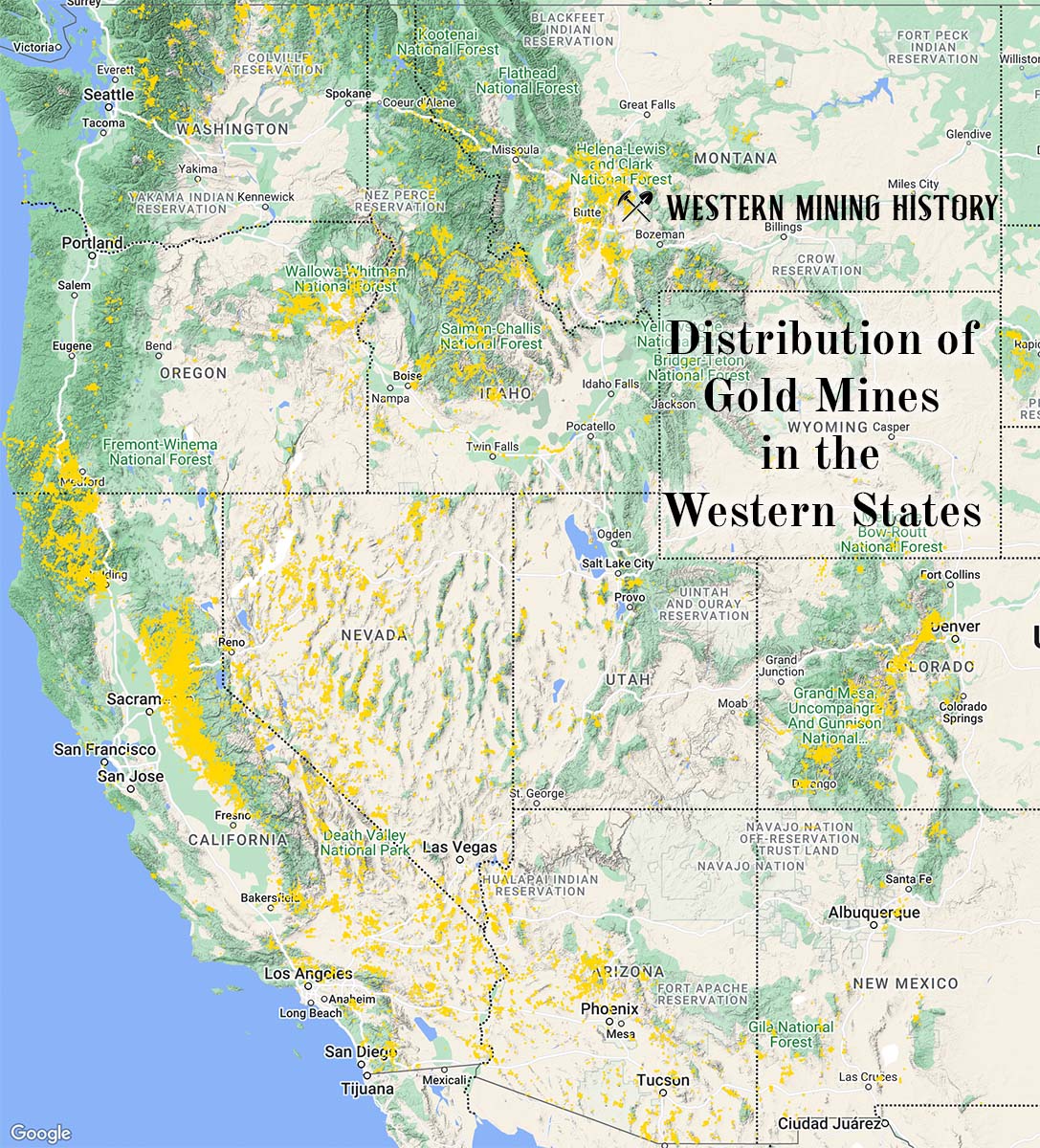The Booshu Camp is a molybdenum mine located in Alaska.
About the MRDS Data:
All mine locations were obtained from the USGS Mineral Resources Data System. The locations and other information in this database have not been verified for accuracy. It should be assumed that all mines are on private property.
Mine Info
Booshu Camp MRDS details
Site Name
Primary: Booshu Camp
Commodity
Primary: Molybdenum
Location
State: Alaska
District: Bering Sea
Land Status
Not available
Holdings
Not available
Workings
Not available
Ownership
Not available
Production
Not available
Deposit
Record Type: Site
Operation Category: Prospect
Operation Type: Unknown
Years of Production:
Organization:
Significant:
Physiography
Not available
Mineral Deposit Model
Model Name: Porphyry Mo, low-F
Orebody
Not available
Structure
Not available
Alterations
Alteration Type: L
Alteration Text: Alteration is restricted to small amounts of quartz (at least some in veins) and partial sericitization of feldspars (Patton and Csejtey, 1971, p. C8 and C10).
Rocks
Role: Host
Age Type: Host Rock
Age in Years: 108.000000+-3.200000
Age Young: Early Cretaceous
Analytical Data
Not available
Materials
Ore: Chalcopyrite
Ore: Molybdenite
Gangue: Pyrite
Gangue: Quartz
Comments
Comment (Reference): Primary Reference = Patton and Csejtey, 1971 (PP 684-C)
Comment (Workings): Workings / Exploration = Results of channel sampling here included (1) 3 feet of 0.71 % MoS2, (2) 6 feet of 0.28 % MoS2, and (3) 15 feet of 0.17 % MoS2 (Anderson, 1947, p. 36). Three grab samples of mineralized quartz monzonite contained 150, 700, and 1,000 ppm molybdenum and 300, 10, and 30 ppm copper respectively (Patton and Csejtey, 1971, p. C8).
Comment (Geology): Age = Mid-Cretaceous, the age of the host Sevuokuk pluton (108 +/- 3.2 Ma; Patton and Csejtey, 1980).
Comment (Geology): Age = Chron age is for Host Rock.
Comment (Exploration): Status = Inactive
Comment (Deposit): Other Comments = Locality 6 (West Cape) of Cobb (1972) should be deleted (Cobb, 1980, p. 51) as the cited reference information (Anderson, 1947, p. 35-36) is for the Booshu Camp site and not West Cape.
Comment (Geology): Geologic Description = Molybdenite mineralization here is in the Sevuokuk pluton, a mid-Cretaceous (108 +/- 3.2 Ma) composite body that includes biotite hornblende quartz monzonite and biotite quartz monzonite phases (Csejtey, Patton, and Miller, 1971; Patton and Csejtey, 1980). At this site, molybdenite occurs as disseminations and as scaly fracture and joint coatings (Anderson, 1947, p. 35-36) in biotite quartz monzonite. Small amounts of chalcopyrite and pyrite locally accompany the molybdenite. The mineralization appears to be concentrated in a zone along the shoreline between major joints. Results of channel sampling here included (1) 3 feet of 0.71 % MoS2, (2) 6 feet of 0.28 % MoS2, and (3) 15 feet of 0.17 % MoS2 (Anderson, 1947, p. 36). Three grab samples of mineralized quartz monzonite contained 150, 700, and 1,000 ppm molybdenum and 300, 10, and 30 ppm copper respectively (Patton and Csejtey, 1971, p. C8). Alteration is restricted to small amounts of quartz (at least some in veins) and partial sericitization of feldspars (Patton and Csejtey, 1971, p. C8 and C10).
Comment (Deposit): Model Name = Fracture fillings and disseminations of molybdenite in granitic rock. Deposit model 21b (?); porphyry Mo, low-F
References
Reference (Deposit): Cobb, E.H., 1972, Metallic mineral resources map of the Saint Lawrence quadrangle, Alaska: U.S. Geological Survey Miscellaneous Field Studies Map MF-465, 1 sheet, scale 1:250,000.
Reference (Deposit): Patton, W.W., Jr., and Csejtey, Bela, Jr., 1971, Preliminary geologic investigations of western St. Lawrence Island, Alaska: U.S. Geological Survey Professional Paper 684-C, p. C1-C15.
Reference (Deposit): Cobb, E.H., 1980, Summaries of data and lists of references to metallic and selected nonmetallic mineral deposits in fifteen quadrangles in southwestern and west-central Alaska: U.S. Geological Survey Open-File Report 80-909, 103 p.
Reference (Deposit): Patton, W.W., Jr., and Csejtey, Bela, Jr., 1980, Geologic map of St. Lawrence Island, Alaska: U.S. Geological Survey Miscellaneous Investigation Series Map I-1203, scale 1:250,000.
Reference (Deposit): Csejtey, Bela, Jr., Patton, W.W., Jr., and Miller, T.P., 1971, Cretaceous plutonic rocks of St. Lawrence Island, Alaska, a preliminary report: U.S. Geological Survey Professional Paper 750-D, p. D68-D76.
Reference (Deposit): Anderson, Eskil, 1947, Mineral occurrences other than gold deposits in northwestern Alaska: Alaska Territorial Division of Mines Pamphlet 5-R, 48 p.
The Top Ten Gold Producing States

These ten states contributed the most to the gold production that built the West from 1848 through the 1930s. The Top Ten Gold Producing States.